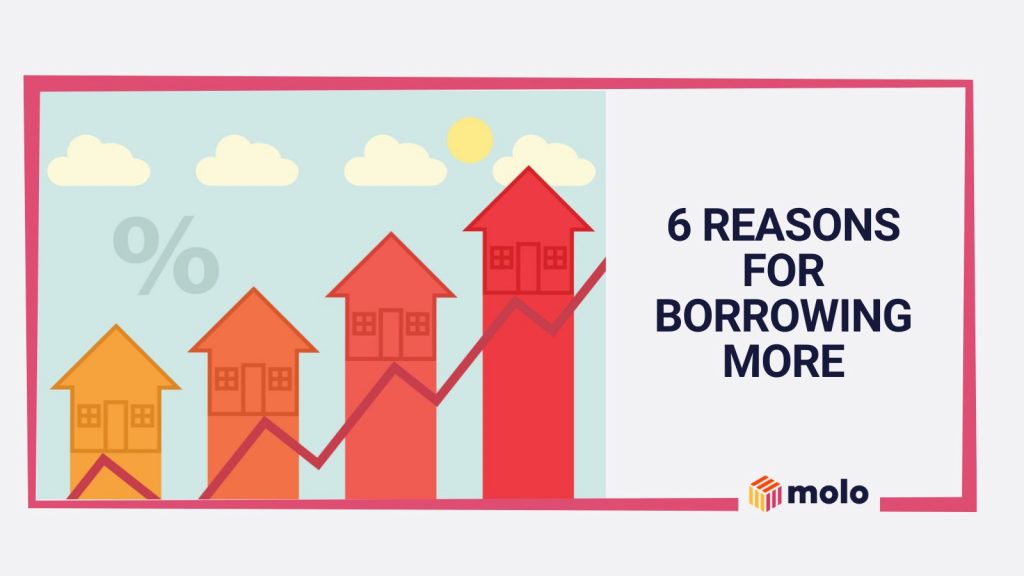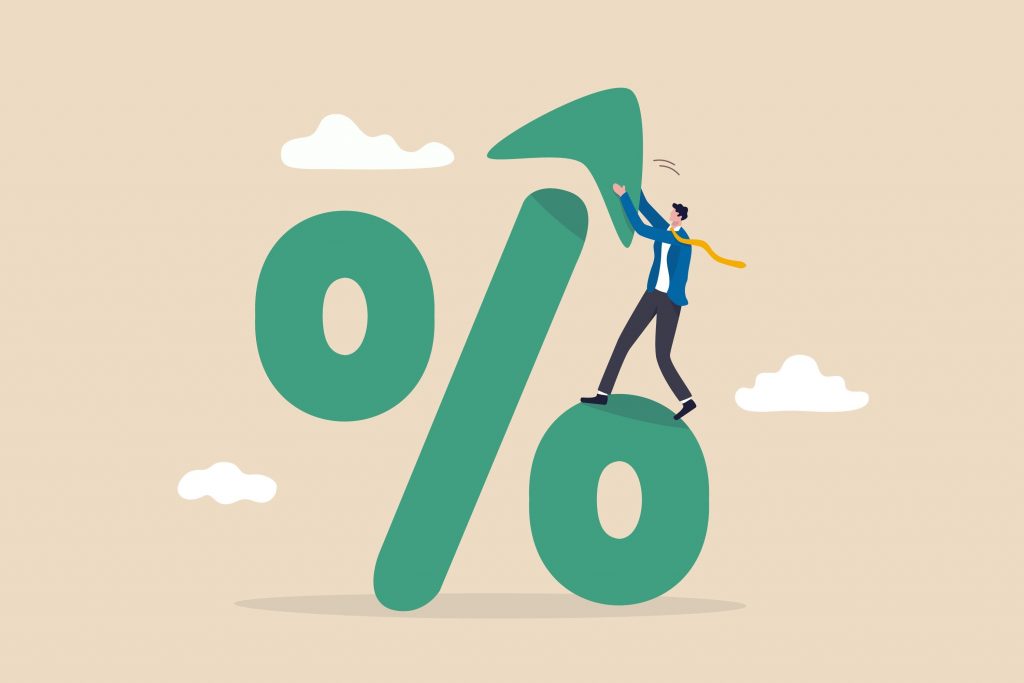Part and parcel of getting a mortgage
Remortgaging is part and parcel of getting a mortgage and something most people do when their fixed-rate ends. While the tides are changing somewhat thanks to the introduction of long-term fixed-rate mortgages, most homeowners can still expect to remortgage at some stage. But how often can you remortgage, and how many times should you do it?
Here, we answer your burning questions about how often you can remortgage.
How often can you remortgage?
As many times as you like is the straightforward answer. There’s no set rule that says you can only remortgage a finite amount of times, yet that doesn’t mean you should do it at every given opportunity. That’s because remortgaging can prove costly if you do it during your fixed-rate period, as you’ll probably need to pay an early repayment fee (ERC).
That’s not to say remortgaging isn’t popular. In 2019, the number of people choosing to remortgage their home rose by 20%. Whether you need to switch your mortgage because the fixed-rate ends, you can find a better deal or you want to raise more capital, remortgaging can prove to be a smart move for many homeowners.
The average mortgage lasts for 25 years, and most of them are on two, five and 10-year fixed rates. If we’re going by a standard five-year fixed-rate mortgage on a 25 year deal, you can expect to remortgage an average of five times during that period.
Is it worth remortgaging every two years?
If you have a two-year fixed-rate mortgage, then it’s absolutely necessary to remortgage once the deal ends. Otherwise, you’ll find yourself on the lender’s standard variable rate (SVR), which has a significantly higher interest rate than the initial deal.
There is, however, a debate over whether you should get a two-year fixed-rate mortgage. On one hand, two-year fixed-rate mortgages don’t tie you into a long-term commitment and interest rates are historically lower.
On the other, you might actually want more security. The Bank of England base rate (BOE) is currently at a record low, which means it’s only likely to increase over time. A mortgage with a longer term fixed-rate is more likely to protect you against interest rate increases than a two-year fixed-rate mortgage.
Ultimately, it comes down to your personal preference and how much security you desire with your mortgage and the repayments. In general, mortgage fixed rates for two, five, 10 and 30 years are available to house buyers.
Remortgaging with a 30-year mortgage
Over the last 12-or-so months, 30-year fixed-rate mortgages have grown in popularity. Also known as ‘lifetime mortgages’, a 30-year-fixed rate sees you locked in to the same interest rate for the entirety of your mortgage. That means your repayments never go up with new interest rates and will likely go down as your loan to value reduces.
With a lifetime mortgage, there isn’t the same need to remortgage as two, five and 10-year fixed-rate mortgages. However, it is still possible, and some lenders let you review the current market every few years to see if there are better rates available.
For some people, the idea of committing to a 30-year fixed-rate mortgage isn’t appealing as it’s such a long time. However, it’s important to remember you’re only committed to the mortgage while you live in the home. If you decide to sell, then you’ll pay off the mortgage and be free to move onto another house.
What is a 'day one' remortgage?
Ok, this is where it gets interesting. A ‘day-one’ remortgage can prove difficult to get but it’s by no means impossible. A day-one mortgage is a financial product allowing you to remortgage your property as soon as you purchase it. That could be one day after completion or within the first six months (most lenders don’t allow you to remortgage within the first six months).
The six-month mortgage rule was brought in by the Council of Mortgage Lenders (CML) after the 2008 financial crash. It was done to regulate questionable practices in the industry that may lead to a homeowner falling into negative equity.
However, we’re now many years on from the Credit Crunch. And while lenders are still stringent about their criteria for borrowing, some offer one-day mortgages for borrowers who may have legitimate reasons to remortgage their home within the first six months. One example might see you inherit a property and need to raise capital against it to perform much-needed renovations.
Is there an impact on my credit score?
You can expect your credit score to be affected any time you apply for finance. That’s just how the game works, unfortunately. When people buy a home, their credit score usually takes a dip as credit scoring companies adjust to the new debt you’ve taken on.
Buying a home is the most expensive purchase you’ll probably make, and let’s just say that it shocks your credit score. It’s not all bad news, though, as the change is usually temporary and evens itself out after a few months.
Still, when you apply for a remortgage, the lender will need to perform a hard credit check to see if you’re a safe bet. You can expect it to impact your credit score, so you should try and avoid making other finance applications during this time.
Is a quick remortgage possible?
On average, it takes around three months to buy a home and four to eight weeks to remortgage. It could take a little longer, or you might get lucky and it’s quicker than anticipated.
If you use an online mortgage lender, you can expect the process to be faster than if you went through a traditional lender. That’s because the entire application takes place online without any paperwork or appointments.
The digital aspect means that every part of the process is faster, including the valuation to mortgage offer that usually slows things down. And you could end up with a remortgage at a much faster rate than if you used a traditional lender.
Remortgaging with the same lender
When it comes to remortgaging, you can do so with your current lender or explore the market for a better rate. Lenders add their own interest on top of the BOE base rate, and the market is a competitive one. Therefore, you should always explore the options available to you.
Remortgaging with the same lender can play to your advantage if they already have your details stored. However, as it will have probably been at least two years since your last mortgage, you will still need to provide all of your documents again, whether you use the same lender or approach a new one.
Are there any property restrictions to a remortgage?
Some lenders restrict the loan to value on new-build properties, though you’re unlikely to face this issue if you already live in a new home. In fact, you shouldn’t have any issues remortgaging on a property as you already have a mortgage on it.
The only issue you might face is if your home is in a block of apartments and the lease is closer to expiring. Lenders usually don’t lend on properties with a short lease, so it’s worth checking how long is left on the lease hold before you apply for a remortgage.
There’s also the issue of the EW1S form, which is a certificate that some apartments need to prove that the cladding is fire resistant. The form provides a clear ‘safe’ or ‘unsafe’ certificate for a property and relates to the cladding used to ensure it’s not flammable.
When is the best time to remortgage?
The best time to remortgage tends to be at the end of your fixed-rate. You shouldn’t incur any early repayment charges as you completed the initial term. Still, there may be times where it makes sense to remortgage early. This might be because a lower rate is available and you’ll pay less throughout the year even when taking ERC into account.
Alternatively, you may wish to raise capital because your home has increased in value since you first bought it. In this scenario, it might be worth remortgaging early to invest in a buy-to-let property or use the extra capital for home improvements.
Final thoughts: how often should you remortgage?
If you asked yourself ‘how often can I remortgage?’, hopefully we’ve answered your question. There’s no limit on the number of times you can remortgage your home, but most people do it when their fixed-rate period ends. Whether you decide to remortgage early or at the end of the fixed-rate, it’s vital that you have all the details so you can make an informed decision about remortgaging.



